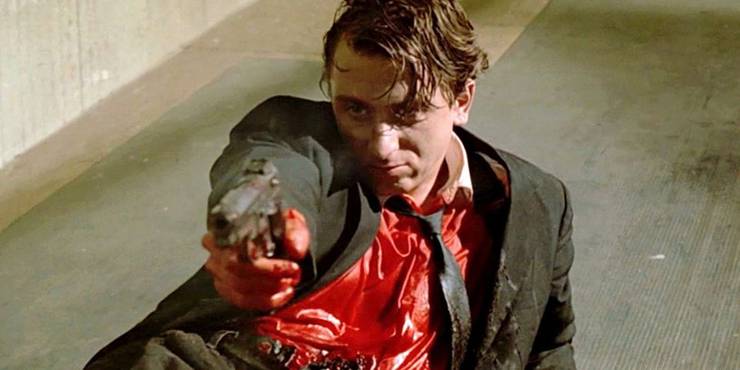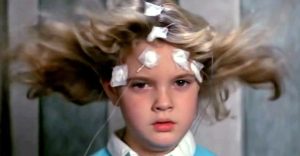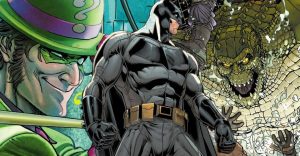Why Quentin Tarantino’s Movies Are So Ridiculously Violent

Quentin Tarantino has become widely known for his mastery in writing dialogue, dark humor, characters who constantly fluctuate between hero and villain, and the generous doses of blood and violence in each of his movies – but why are his movies so violent? Quentin Tarantino’s career as a filmmaker began as an independent one, with the crime movie Reservoir Dogs in 1992. Although the movie was a success, Tarantino’s big break arrived two years later with Pulp Fiction, another crime movie though this one with a non-linear narrative and characters that ended up becoming part of pop culture.
Since then, Tarantino has explored different genres through his movies – from martial arts with both Kill Bill movies to western with Django Unchained and even alternate versions of history in Inglourious Basterds and Once Upon a Time in Hollywood – but all of them with his trademark narrative and visual styles. Tarantino has built a solid fanbase over the years and his works have become the subject of countless analyses, but he has also drawn a lot of controversy, mostly due to the violence in his movies, which some find to be excessive and even unnecessary to the stories.
If there’s something that can’t be missing in a Tarantino movie is violence, sometimes in bigger doses and more graphic ways, but it’s always there. The movie often considered Tarantino’s most violent is Kill Bill: Volume 1, mostly thanks to the scene where Beatrix Kiddo/The Bride (Uma Thurman) goes after O-Ren Shii (Lucy Liu) and her crew, though interestingly enough, that’s not the Tarantino movie with the highest kill-count. Even Tarantino’s less-aggressive movies, like Jackie Brown, have their touch of violence, making viewers wonder why he’s so into adding stylized violence to his movies, and Tarantino has shared his views on violence many times through the years.

The question about violence in his movies is one that has followed Tarantino for years to the point of annoying him, but he has shared his views on violence and violence in movies various times. In 1994, Tarantino explained he has a lot of feelings about violence and that it’s “one of the worst aspects of America” but “in movies, violence is cool”, and it’s just one of many things that can be done in them. In a separate interview that same year, he reiterated that “real-life violence is real-life violence. Movies are movies” and he can “enjoy violence in movies but find it totally abhorrent in real life”, so it’s all just for the sake of the stories he’s telling and entertaining the audience, sharing in an interview in 2010 that he feels “like a conductor” and his instruments are the audience’s feelings.
Stylized violence has become one of Quentin Tarantino’s trademarks, and it’s highly unlikely that he will leave it aside in his tenth (and supposedly final) movie. Movies are a way for viewers to explore different situations and fears in a safe environment, which is what happens with all those graphic and violent scenes in Tarantino’s movies, though it’s understandable that they are not for everyone and that some find them to be there just for shock value. Ultimately, what Tarantino has tried to explain is that there’s a separation between real-life and what’s done in movies, and what’s shown in the latter doesn’t necessarily reflect the filmmaker’s views and ideas in real life, and what Quentin Tarantino wants to achieve through the violence in his movies is mostly to generate emotions in the audience.
About The Author


















